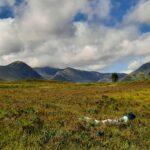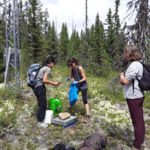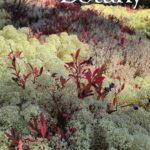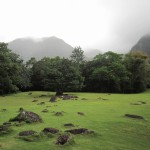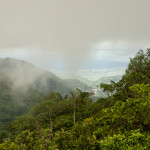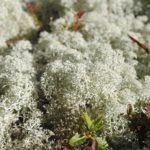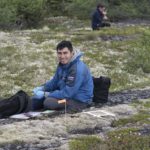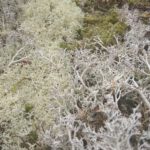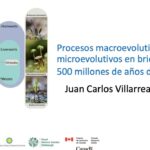
As part of our Canada Research Chair on symbiosis of tropical plants, we have done fieldwork in Panama with Adriel Sierra Pinilla (doctoral student), Lilisbeth Rodríguez-Castro (master's student in the program of Environmental Microbiology, Universidad de Panamá) and Pedro Castillo-Caballero (a talented undergraduate at the Universidad de Panamá). Adriel is doing research on the impact of the forest fragmentation on Amazonian epiphylls, his fieldwork was conducted (a few years ago) in the ...
Read More

